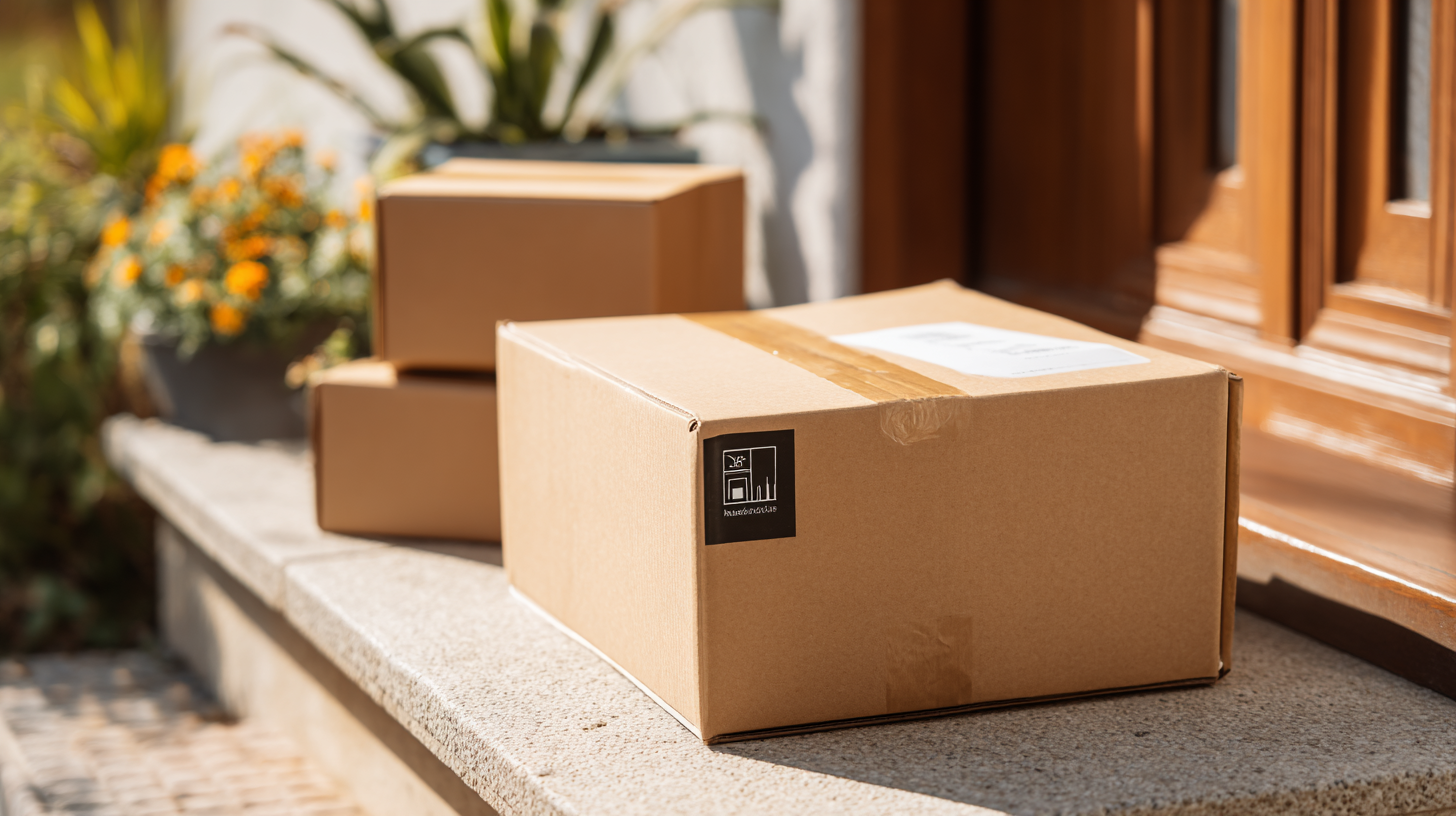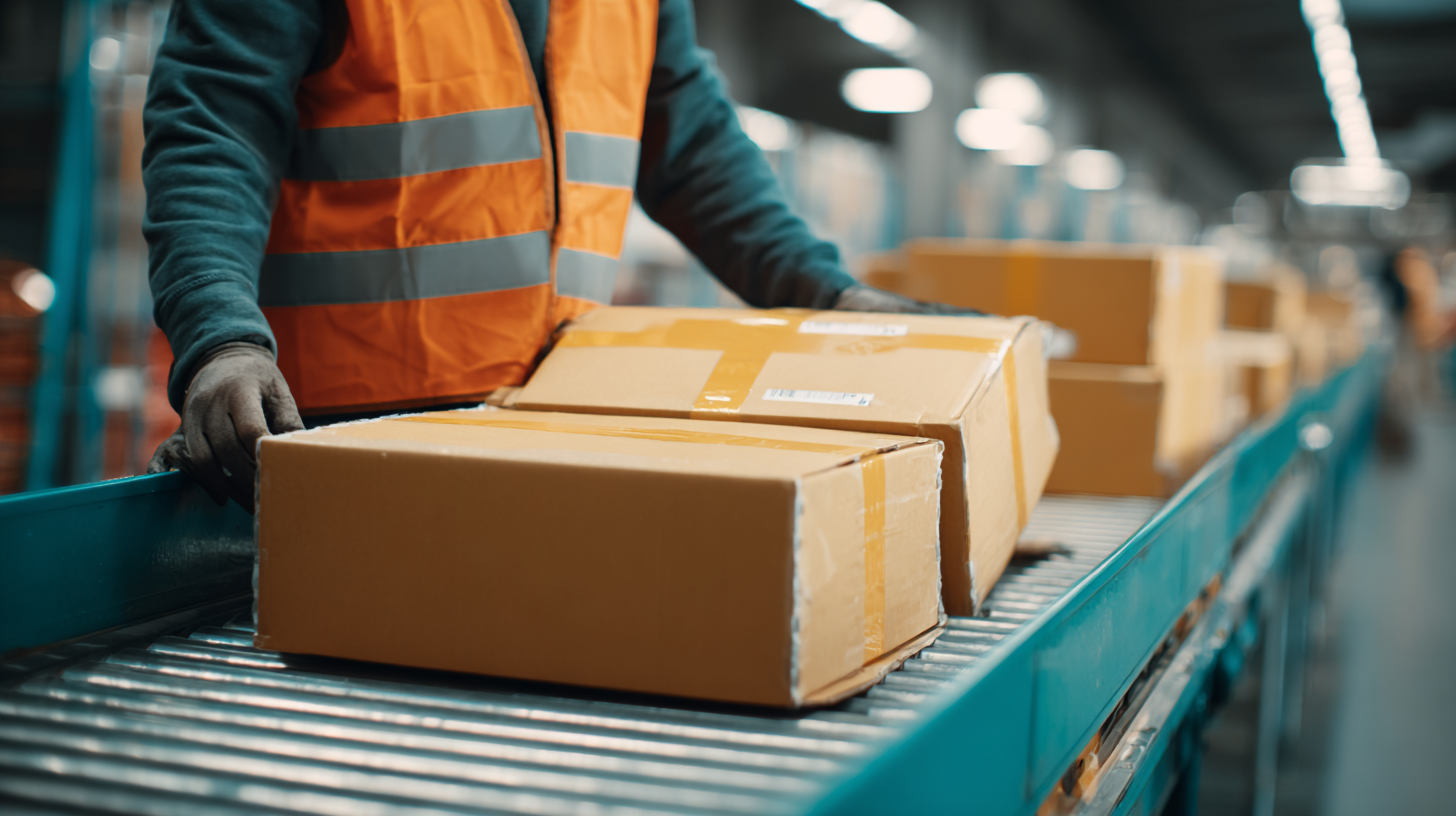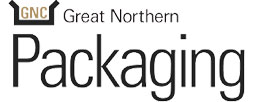Solutions for Efficient Shipping: Why Best Insulated Mailing Boxes are Essential for Global Sourcing
In the ever-evolving landscape of global sourcing, efficient shipping solutions have become paramount for businesses aiming to reduce costs and enhance customer satisfaction. According to a report by the Council of Supply Chain Management Professionals, transportation expenses accounted for nearly 63% of logistics costs in recent years, underscoring the necessity of strategic shipping methods.
 Insulated Mailing Boxes have emerged as a critical component in addressing these challenges, providing superior temperature control, damage protection, and sustainability. A study conducted by the Sustainable Packaging Coalition revealed that over 50% of consumers are willing to pay a premium for eco-friendly packaging options, further accentuating the demand for insulated materials that meet both functional and environmental standards. As businesses increasingly prioritize efficiency and quality in their shipping practices, understanding the role of Insulated Mailing Boxes is essential for maintaining a competitive edge in the global market.
Insulated Mailing Boxes have emerged as a critical component in addressing these challenges, providing superior temperature control, damage protection, and sustainability. A study conducted by the Sustainable Packaging Coalition revealed that over 50% of consumers are willing to pay a premium for eco-friendly packaging options, further accentuating the demand for insulated materials that meet both functional and environmental standards. As businesses increasingly prioritize efficiency and quality in their shipping practices, understanding the role of Insulated Mailing Boxes is essential for maintaining a competitive edge in the global market.
The Importance of Insulated Mailing Boxes in Global Sourcing
In the realm of global sourcing, insulated mailing boxes have become an essential component for maintaining product integrity and quality during transit. The rise in e-commerce and cross-border trade has amplified the need for robust packaging solutions. A recent industry report revealed that the demand for temperature-sensitive shipping solutions is projected to grow by 10% annually, highlighting the importance of insulated mailing systems in preserving perishable goods and sensitive materials.
Switching to sustainable packaging options is also gaining momentum. With the emergence of biodegradable materials derived from renewable natural resources, companies can reduce their carbon footprint while ensuring that products arrive in optimal condition. This pivot towards environmentally friendly packaging aligns with consumer preferences, as over 70% of shoppers are willing to pay more for sustainable packing solutions.
Tips for Efficient Shipping:
- Choose insulated boxes tailored to your specific product requirements to maximize protection against temperature fluctuations.
- Collaborate with suppliers who prioritize sustainable materials to enhance your brand's reputation and appeal to eco-conscious customers.
- Regularly evaluate your shipping process and invest in new technologies to streamline efficiency while protecting your products.
Key Features of Best Insulated Mailing Boxes for Efficient Shipping
When it comes to global sourcing, the efficiency of shipping can significantly impact overall business operations.
This is where the best insulated mailing boxes come into play. These boxes are specifically designed to maintain the desired temperature of sensitive products during transit,
ensuring that goods such as pharmaceuticals, perishable foods, and temperature-sensitive electronics arrive in optimal condition.
The insulation technology used in these boxes is crucial; it helps regulate internal temperatures, protecting contents from extreme heat or cold that may occur during shipping.
Key features of the best insulated mailing boxes include:
- Sturdy construction that can withstand handling and stacking,
- Lightweight materials that minimize shipping costs,
- Eco-friendly options that appeal to environmentally conscious businesses.
Cost-Benefit Analysis: Why Investing in Insulated Mailers Matters
Efficient shipping is critical for businesses engaged in global sourcing, and investing in the best insulated mailing boxes can significantly enhance operational effectiveness. A recent cost-benefit analysis (CBA) reveals that using high-quality insulated mailers can reduce shipping damages by up to 30%, translating to substantial savings on replacements and returns. Moreover, insulated mailers improve temperature-sensitive product integrity, which is crucial for maintaining high standards in the competitive global market.

When considering the financial implications, it’s essential to evaluate the weighted average cost of capital (WACC) associated with shipping solutions. A good WACC, typically around 7% for many industries, suggests that for every dollar invested in insulated mailers, businesses can expect a return exceeding this benchmark. This positive return on investment highlights the importance of investing in insulated packaging as a means to enhance product reliability and customer satisfaction.
Tips: Always calculate the potential savings from reduced damages when assessing your packaging options. Consider using a mix of insulated and standard mailers based on the specific needs of your products to optimize costs. Regularly review your shipping strategies to ensure you're maximizing efficiency while minimizing expenses.
Best Practices for Packaging and Shipping with Insulated Boxes
When it comes to global sourcing, utilizing the best insulated mailing boxes is crucial for maintaining the integrity of temperature-sensitive products. Proper packaging not only protects items from extreme temperatures but also ensures they arrive in optimal condition. One tip for effective shipping is to choose insulated boxes that are specifically designed for your product type, as different materials provide varying levels of thermal protection.
Another best practice is to incorporate cushioning materials within the insulated boxes. This helps to minimize movement during transit, reducing the risk of damage. Consider using biodegradable packing peanuts or recycled paper for an eco-friendly option. Additionally, be sure to seal the boxes securely with strong tape to prevent any air leaks, as maintaining the internal environment of the box is essential.
Lastly, it is vital to label your packages adequately. Clear labeling with handling instructions will ensure that carriers treat your shipment with the necessary care. Including temperature indicators can also help to monitor conditions during transit, providing extra reassurance that your products remain protected throughout their journey.
Solutions for Efficient Shipping: Why Best Insulated Mailing Boxes are Essential for Global Sourcing
| Dimension | Description | Impact on Shipping |
|---|---|---|
| Thermal Insulation | Maintains temperature of goods during transit | Reduces spoilage and quality degradation |
| Size and Weight | Optimized for specific products | Minimizes shipping costs by reducing dimensional weight |
| Material Quality | Durable and eco-friendly materials | Enhances product protection and sustainability |
| Sealing Mechanism | Secure and tamper-proof closures | Improves safety and trust for consumers |
| Shipping Method Compatibility | Versatile for air, land, and sea transport | Broadens shipping options and routes |
Real-World Examples of Successful Global Shipping Strategies
In the realm of global sourcing, efficient shipping is paramount, and the right materials can make all the difference. One notable example is a leading electronics manufacturer that leveraged best insulated mailing boxes to enhance their shipping process. By utilizing thermal insulation, they were able to maintain the critical temperature of sensitive components during transit, significantly reducing the risk of product failure upon arrival. This strategy not only improved customer satisfaction by ensuring that products arrived in perfect condition but also minimized costly returns, streamlining their supply chain operations.

Another compelling case is seen in the food industry, where a gourmet meal kit service employs insulated packaging to deliver fresh ingredients across vast distances. By investing in high-quality insulated boxes, they can maintain the integrity of perishable items, thereby extending shelf life and ensuring quality. By adopting such sustainable and efficient shipping practices, this company has managed to grow their customer base while also enhancing their brand reputation for reliability and consistency. These real-world examples demonstrate how essential insulated mailing boxes are for optimizing global shipping strategies, ultimately leading to greater operational success.






